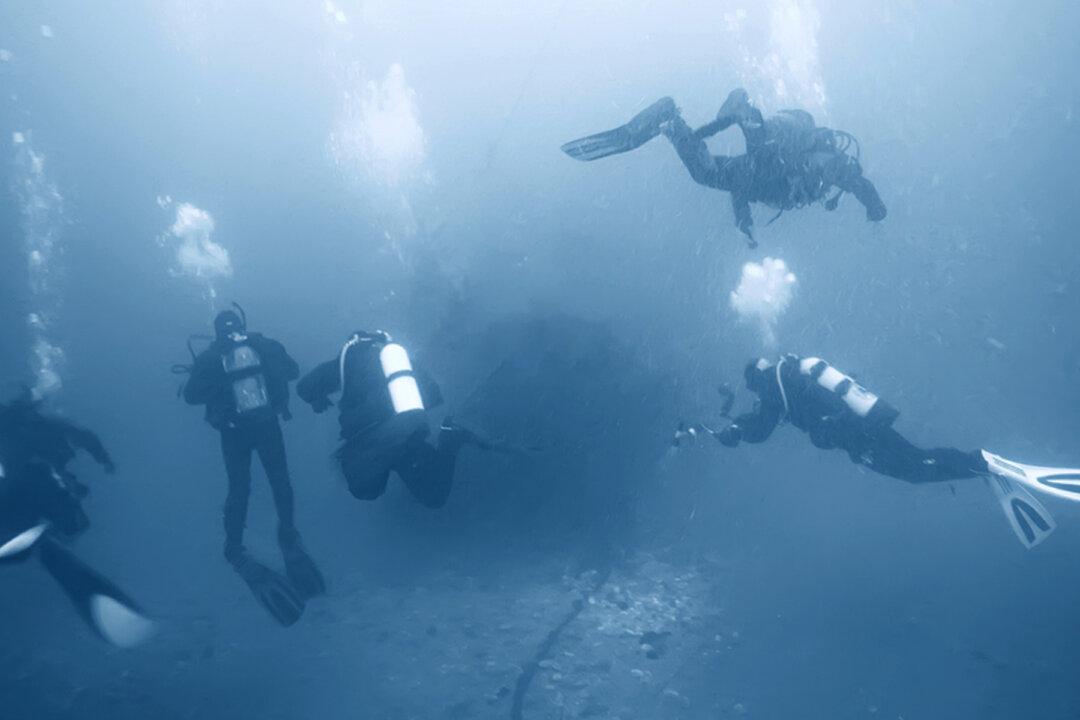Scientists believe that a 60,000-year-old underwater forest near the Gulf of Mexico may harbor vital components for the development of new life-saving pharmaceuticals. A species of organism found living in the preserved underwater wood is being investigated.
According to a report from the National Oceanic and Atmospheric Administration (NOAA), the submerged forest comprises a large quantity of 60,000-year-old cypress trees that fell into a river and were then buried under heavy sediment.




